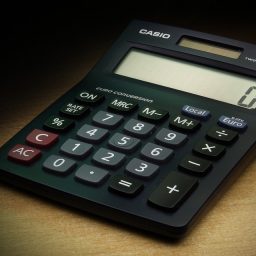Using Pointers in Go Code
It’s possible to write thousands of lines of Go code without declaring a pointer even once. However, pointers are an important part of the programming language, so it’s important to ensure that you understand how they work. In this post we will discuss the definition of a pointer and then go on to look at […]







